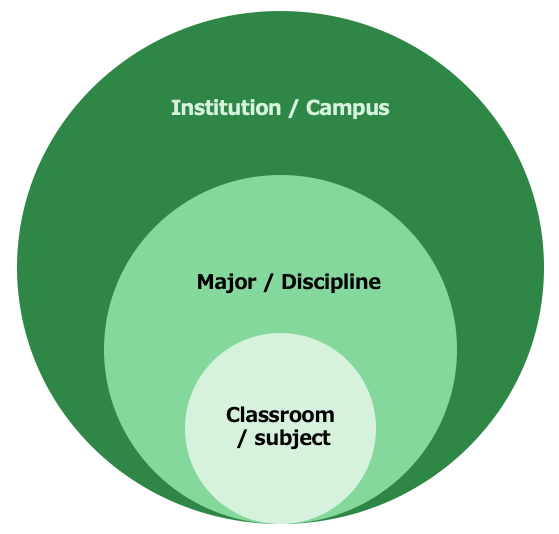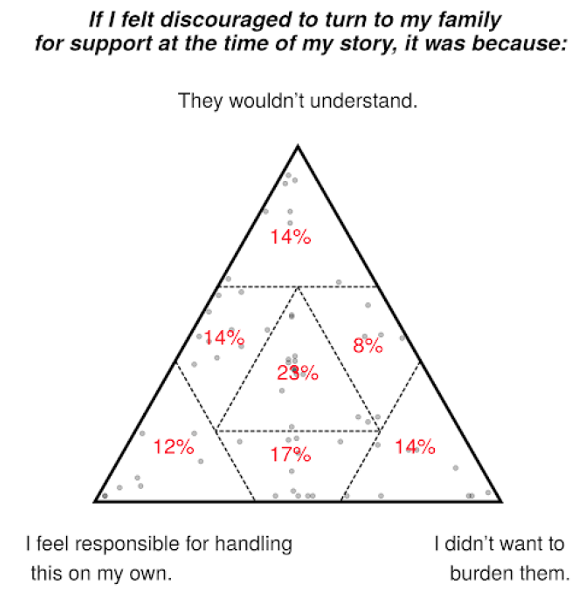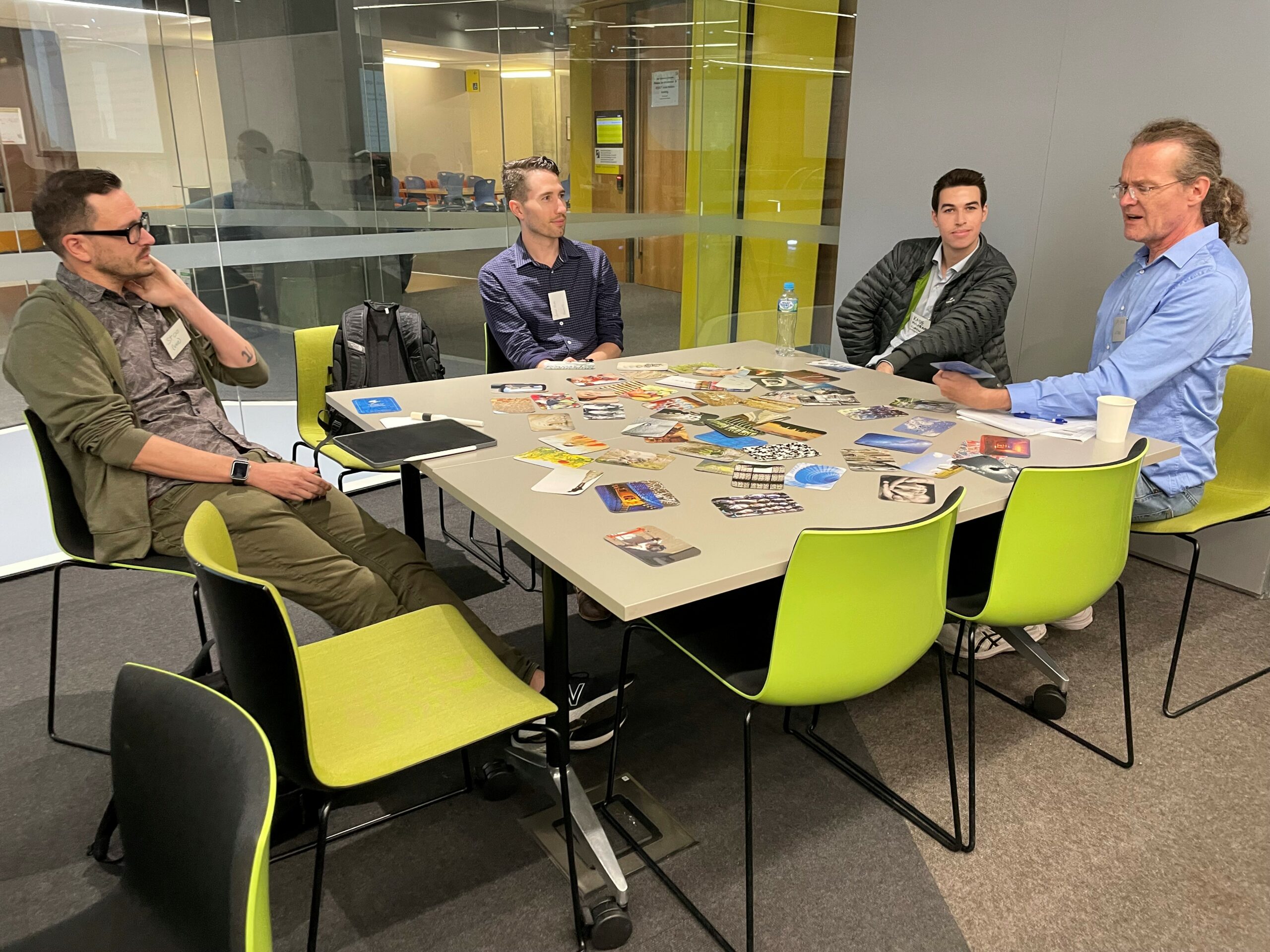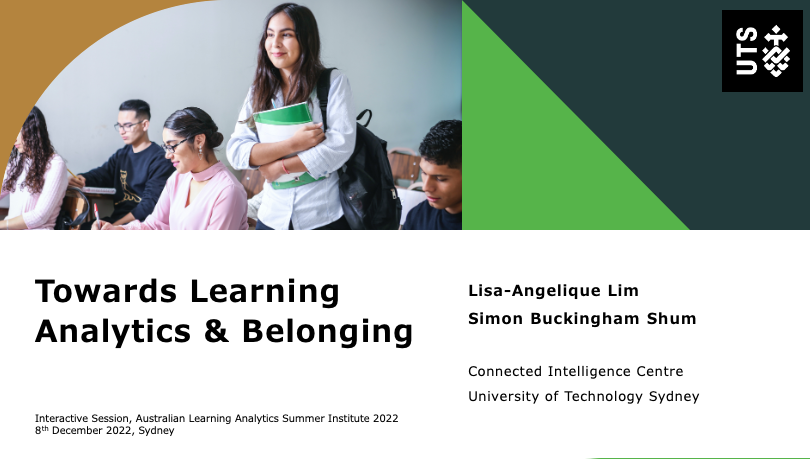


Towards Learning Analytics for Belonging was a new workshop launched by CIC at ALASI22 that formally charted a new direction in the field of learning analytics — student sense of belonging.
While students’ sense of belonging has long been recognised as a significant factor in their ability to thrive in an academic environment, this concept is not well-understood. The lack of clarity has implications on the way belonging is measured, tracked, and supported. Facilitated by Lisa-Angelique Lim and Simon Buckingham Shum, this workshop aimed to open a conversation on student belonging and the possibility of analytics approaches to this important issue in the student experience.
 The session began with a provocation, with participants trying to picture belonging through the use of a card activity called the Visual Explorer (Palus & Drath, 2001). The room was abuzz as participants selected different pictures and tried to explain how their chosen visual encapsulated their perspectives on the idea of belonging and analytics.
The session began with a provocation, with participants trying to picture belonging through the use of a card activity called the Visual Explorer (Palus & Drath, 2001). The room was abuzz as participants selected different pictures and tried to explain how their chosen visual encapsulated their perspectives on the idea of belonging and analytics.
 The 1.5 hour interactive session introduced key concepts in the student belonging literature (a few sources below), and got participants talking about how they perceived belonging, sharing some of the practices that were carried out in their own contexts, as well as the challenges.
The 1.5 hour interactive session introduced key concepts in the student belonging literature (a few sources below), and got participants talking about how they perceived belonging, sharing some of the practices that were carried out in their own contexts, as well as the challenges.
The main part of the workshop involved briefings and discussion on data-informed approaches to belonging. An activity to scaffold participants to consider how they might use data and analytics in their own settings to understand and support belonging was introduced, which participants can work on with their institutional teams.
This workshop was definitely just the conversation starter! The session ended with an invitation to express interest in a network on Belonging Analytics in order to continue the conversation and build collaboration.
Key references
Ahn, M. Y., & Davis, H. H. (2020). Four domains of students’ sense of belonging to university. Studies in Higher Education, 45(3), 622-634. https://doi.org/10.1080/03075079.2018.1564902
Felten, P., & Lambert, L. M. (2020). Relationship-rich education: How human connections drive success in college. JHU Press.
Goodenow, C., & Grady, K. E. (1993). The Relationship of School Belonging and Friends’ Values to Academic Motivation Among Urban Adolescent Students. The Journal of Experimental Education, 62(1), 60-71. https://doi.org/10.1080/00220973.1993.9943831
Kahu, E. R., Ashley, N., & Picton, C. (2022). Exploring the complexity of first-year student belonging in higher education: Familiarity, interpersonal, and academic belonging [Other Journal Article]. Student Success, 13(2), 10-20. https://search.informit.org/doi/10.3316/informit.544244789917082
Lim, L.-A., Atif, A., & Farmer, I. (2022). ‘Made good connections’: Amplifying teacher presence and belonging at scale through learning design and personalised feedback. Proceedings ASCILITE 2022: 39th International Conference on Innovation, Practice and Research in the Use of Educational Technologies in Tertiary Education, Sydney, 4-7 Dec. 2022: e22055, pp.1-10. https://doi.org/10.14742/apubs.2022.55
Palus, C.J., & Drath, W.H. (2001). Putting something in the middle: An approach to dialogue. Reflections, 3(2), 28-39. https://www.solonline.org/wp-content/uploads/2018/08/sol_reflections_3.2.pdf
Wilson, Murray, & Clarke (2018). A grassroots, practical response to student belonging through learning and teaching experiences. Presented at the 4th International Conference on Higher Education Advances (HEAd’18), Universitat Politecnica de Valencia, Valencia, 2018. http://dx.doi.org/10.4995/HEAd18.2018.8091
